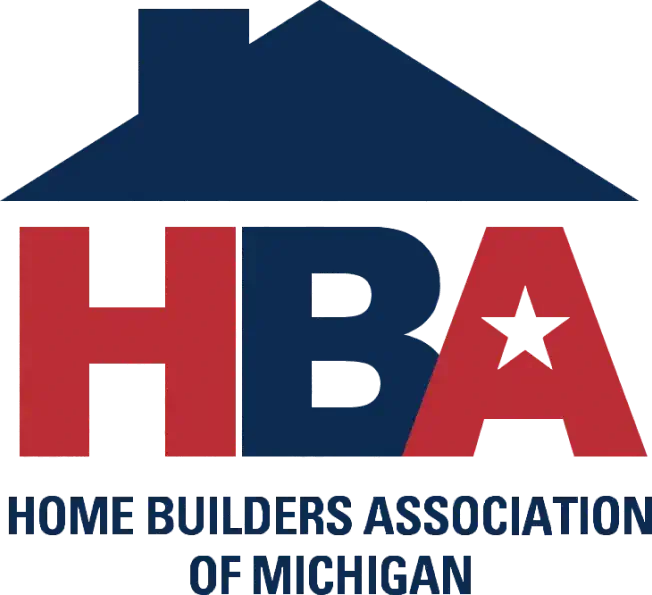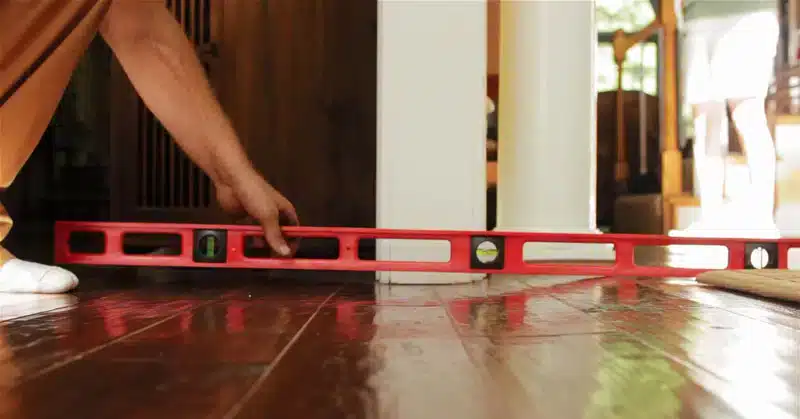Michigan’s soil conditions, weather patterns, and rapid construction growth make foundation damage caused by improper backfill a common and costly issue for homeowners in the city. When the backfill material isn’t properly compacted or selected, it can cause various structural issues, such as cracked walls, a shifting foundation, and uneven floors, which can worsen if left unaddressed. Recognizing the signs early and understanding the right repair methods can save your home from extensive structural damage and expensive fixes. In this blog, we will explore why backfill issues demand specialized solutions and how to address them efficiently. We will also outline actionable tips to protect your home’s stability.
What Is Improper Backfill, and Why Does It Matter?
Backfill refers to the soil that is returned to the area around your foundation once the excavation and construction process is complete. Improper backfill refers to the implementation of incorrect backfill procedures during construction that lead to structural instability over time. This occurs when contractors use unsuitable materials, fail to compact soil layers properly, or neglect to install drainage systems. Without proper backfilling techniques, your foundation can shift, settle unevenly, and absorb too much moisture. Here is what you need to know about improper backfill:
Common Backfill Mistakes
Below are some common backfill mistakes:
- Backfilling in a hurry without paying attention to details
- Not using industry-standard backfill procedures
- Using unfit backfill materials such as soil high in clay, and construction debris
- Not compacting the backfill properly
- Not implementing proper drainage
- Not consulting with experienced professionals
Why It’s a Bigger Problem in Michigan’s Soil and Climate
Michigan’s soil is rich in clay. This type of soil is reactive to fluctuating weather conditions. It either absorbs a lot of moisture during wet seasons and swells, or loses moisture during dry seasons and shrinks. This leads to soil movement, resulting in backfill displacement or structural instability due to uneven pressure on the foundation. If soil shifting or settling is persistent, it can gradually lead to building failure. These factors make Michigan’s backfill problem particularly destructive if not addressed in a timely manner.
Signs of Foundation Damage from Improper Backfill
Below are some of the common signs of foundation damage due to improper backfill:
Cracks in Foundation Walls or Slabs
When the clay soil in Michigan is oversaturated with moisture, it expands, exerting lateral pressure on the foundation walls. This leads to cracks in the walls and floor of the foundation. As soil swelling or shrinking continues, hairline cracks can develop into bigger fractures, requiring extensive reinforcement and repair methods.
Bowing or Leaning Basement Walls
When backfill isn’t properly compacted, hydrostatic pressure builds up around the basement walls. This causes the walls to bow inward. You may initially notice some cracks on the walls, which lead to visible leaning as the pressure increases over time.
Uneven Floors or Sticking Doors/Windows
Improper backfill issues create foundation movement, manifesting as sloping floors or misaligned doors and windows. This issue often appears in the areas of your home where backfill destabilization is more severe.
Water Intrusion or Persistent Dampness
Backfill that is not graded correctly or lacks proper drainage directs water towards the foundation, leading to water intrusion or persistent dampness in the foundation. Water stains on walls and floors, standing water, a musty odor, and mold are common indicators of water damage in the foundation caused by backfill issues.
How to Confirm the Problem
Here is how you can confirm whether your home is experiencing backfill issues:
Call a Structural Engineer
A licensed structural engineer will provide a reliable assessment of foundation problems related to backfill. They will examine signs of damage, the soil conditions, and the backfill material using specialized inspection tools to ensure an accurate diagnosis. They will also provide you with expert suggestions for addressing the issue.
Soil Testing and Foundation Inspections
Soil testing helps analyze the composition, compaction, and moisture content in your soil and identifies problematic areas. Foundation inspections enable you to identify potential signs of damage resulting from improper backfill. It is best to hire a professional for these tests and inspections. A professional offers accurate insight into whether the foundation problems originated from backfill issues.
Foundation Repair Options for Improper Backfill Issues
Improper backfill issues can lead to a range of foundation problems, but can be efficiently fixed with specialized repair options. Below are common foundation repair options for addressing damage caused by backfill problems:
Excavation and Proper Recompaction
Excavating the problematic backfill and replacing it with suitable materials, such as sand, gravel, or coarse stones, is a common solution to backfill issues. The materials are placed around the foundation in layers, and each layer is compacted to remove voids and increase the material’s density. This provides a stable base for your foundation and enhances the load-bearing capacity of your structure.
Wall Reinforcement Solutions
If your foundation walls are compromised by backfill pressure, reinforcement solutions are needed to strengthen the walls. This may involve the installation of wall braces and wall anchor systems, which permanently stabilize the structure.
Piering Systems
When improper backfill causes foundation settlement, helical piers provide support by transferring structural load to a more stable soil. This repair technique strengthens your foundation and prevents further sinking.
Waterproofing as a Preventive Measure
Waterproofing your foundation is not a direct solution for backfill-related problems, but it acts as an efficient preventive measure against moisture damage. Waterproofing methods may include installing an interior drainage channel and a sump pump. It works best when combined with backfill correction methods.
How to Prevent Backfill-Related Foundation Damage in New Construction
Here are some of the actionable preventive measures to safeguard the foundation from backfill-related issues in your newly constructed building:
Use the Right Backfill Materials
Selecting appropriate backfill material prevents excess moisture absorption, protecting your foundation from moisture seepage and hydrostatic pressure. Materials such as gravel, sand, crushed stone, and engineered filling materials are considered suitable for backfill, as they allow for efficient moisture drainage.
Compact Soil in Layers
Proper compaction of backfill materials involves placing 6 to 12 inches of backfill and mechanically compacting each layer. Layered compaction prevents air pockets in the soil that could compromise the foundation’s stability.
Ensure Proper Drainage and Grading Away from Foundation
Using backfill materials such as gravel, sand, or crushed stone enables groundwater to drain away before it saturates the backfill. Sloping the backfill away from the foundation channels surface water away from the structure, preventing water accumulation around the foundation.
Hire Reputable Builders or Contractors Familiar with Michigan Soil
Select contractors with proven experience working with Michigan’s unique soil conditions. They will have a better understanding of the local building codes, backfill requirements, and local challenges. They will offer tailored solutions and provide warranties, ensuring accountability and reliability.
Why Local Expertise With Backfilling Matters in Michigan
Here are reasons why you should opt for professionals with local expertise:
Understanding Local Soil Behavior
Michigan’s clay-rich soil undergoes seasonal expansion and contraction patterns that directly impact foundations. Local experts recognize these unique challenges and implement location-specific solutions to address them, ensuring lasting results.
Navigating City Codes and Permit Processes
Michigan enforces specific building codes and requirements for backfill to ensure structural safety. Local experts familiar with these regulations offer compliant services and navigate permit processes effortlessly.
Benefits of Working with a Michigan-Based Foundation Expert
Michigan-based foundation experts leverage years of experience addressing backfill problems specific to Michigan’s urban spaces. They utilize proven techniques to mitigate foundation safety risks and comply with local construction standards, providing homeowners with peace of mind. If you are having issues with your foundation, contact Bluebird CFW for local Michigan-based foundation repair expertise.





